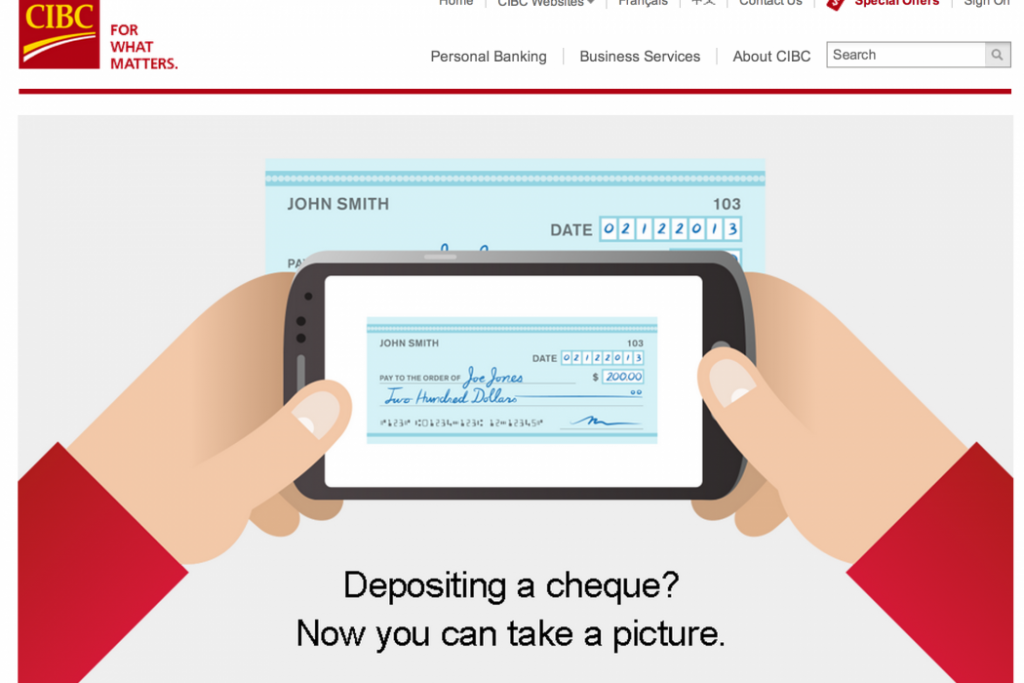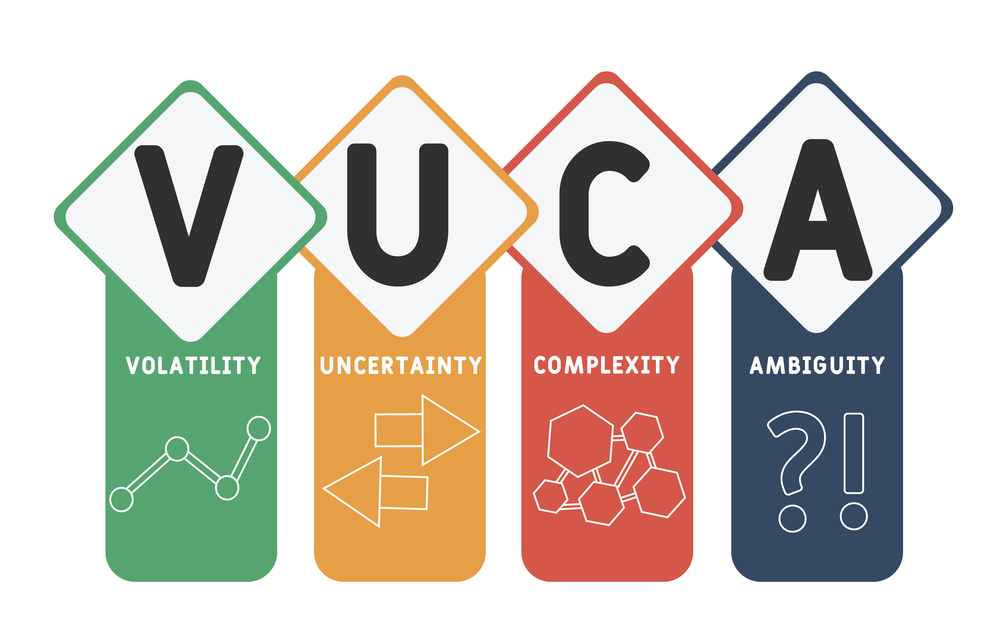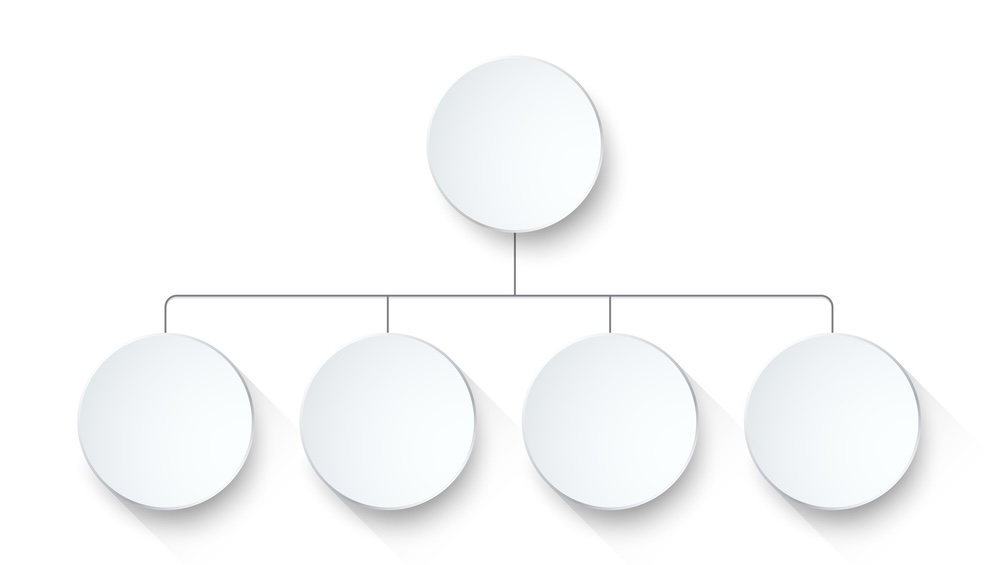 A few weeks ago I visited my local bank branch to get some cash to insert into birthday and graduation cards. I’m blessed to have several delightful nieces and nephews. I chatted with the bank teller a bit and then she told me about the upcoming renovations to the branch. She told me that the branch would be closed for two weeks, and when it re-opened very few of the staff would still be working there. Some of the staff would be moving to a different branch; I didn’t want to ask about the staff who wouldn’t be moving.
A few weeks ago I visited my local bank branch to get some cash to insert into birthday and graduation cards. I’m blessed to have several delightful nieces and nephews. I chatted with the bank teller a bit and then she told me about the upcoming renovations to the branch. She told me that the branch would be closed for two weeks, and when it re-opened very few of the staff would still be working there. Some of the staff would be moving to a different branch; I didn’t want to ask about the staff who wouldn’t be moving.
The renovated branch, she explained, would be primarily self-serve. They would no longer be accepting any cash or cheques or handling paper-based transactions at the counter. In fact, I’m not sure that there will even be a counter. The few people who would still work at that branch would be there to assist patrons with various self-serve ATM transactions. Maybe others knew sooner, but I had at most 60 days’ notice to adjust to my new banking reality.
A while back I received my first business cheque in ages. Most of my revenue comes through email transfers, direct deposit, and credit cards, which means I rarely do business banking in person. Now I needed to make a deposit at an ATM, or even go inside a bank. I visited two ATMs in my neighbourhood, only to find I could not find a machine that still accepted paper cheques.
Now, I love technology – friends have called me an “early adopter,” which I take as a real compliment, but for some reason, I had not gotten around to trying out a mobile banking app. Well, with no way to deposit my cheque, the day had come for me to finally be one of those people who takes a photo of a cheque to make a deposit. It was easy and in retrospect, I don’t know why I didn’t do it sooner. I took a photo of my cheque, and voila, it was deposited to my account, no human assistance required.
 The real point I’m trying to make is that automation is here. The companies that used to be contracted to open those ATM deposit envelopes and finalize deposits made with cheques and cash probably don’t do that anymore – and if they are, business is shrinking, fast. Some research via Pricewaterhouse Coopers (PwC) predicts that 40% of current jobs could soon be taken by robots or automation. (More recently, after this blog was originally published, experts are predicting that this could happen within 15 years.)
The real point I’m trying to make is that automation is here. The companies that used to be contracted to open those ATM deposit envelopes and finalize deposits made with cheques and cash probably don’t do that anymore – and if they are, business is shrinking, fast. Some research via Pricewaterhouse Coopers (PwC) predicts that 40% of current jobs could soon be taken by robots or automation. (More recently, after this blog was originally published, experts are predicting that this could happen within 15 years.)
I often bring up the subject of automation because I love technology, and because I can see that it’s already here. It’s at certain fast-food restaurants that allow online orders via websites, apps, and kiosks. It’s been at gas stations for at least ten years. It’s at financial institutions that only allow access to “self-serve robo advisors” unless you have “investible assets” of over $100K or in some cases $500K.
Artificial intelligence (AI) technology only gets better, too. Google recently showed off a system that can place simple, eerily human-sounding calls to make appointments at hair salons and restaurants. To watch the video click here.
Automation doesn’t have to be negative. Change can be a positive, once fear is overcome. Automation and AI are causing – and sometimes allowing – some people to change their jobs, roles, or careers now. That means it’s not something that we can safely ignore for another three to five years. I think it’s smart for all of us, myself included, to think about what we do for a living and how we do it. We owe it to ourselves to make sure that we are doing things that are sustainable for the longer-term. In some cases, this may mean tweaking how we do something to make better use of technology so that we can remain competitive and productive. In other cases, this may mean reevaluating what we’re doing and anticipate some of the likely changes that are coming to our industry, organization and/or our role in it.
With some planning, and for some, training or education, automation could mean exciting opportunities ahead.
 For some ideas about how to stay ahead of the curve, relevant, and how to future-proof your career take a look at these past blogs on automation and emerging technologies:
For some ideas about how to stay ahead of the curve, relevant, and how to future-proof your career take a look at these past blogs on automation and emerging technologies:
- The Impact of Exponential Technologies on Careers And HR
- Automation…Is It Your New Competition?
- Think Your Job’s Immune from Being Replaced by Technology? Think Again.
- Blockchain and CryptoCurrency Careers
Also, read Eight Ways that AI Will Create More Opportunities for Work
Are you ready for some help navigating the world of work? Contact Dr. Helen today for a free and confidential initial consultation by phone, email, or via direct message on Twitter, Facebook, or LinkedIn.
Have you ever wished you could get inside the head of a hiring manager? You can. Dr. Helen Ofosu is a Career Coach/Counsellor with a difference. She has worked for organizations to create hiring and screening tools. She’s created countless pre-screening tests, interviews, simulations, and role plays for organizations of all kinds.
Dr. Helen’s training in Industrial and Organizational (I/O) Psychology means she is a genuine expert in evaluating work-related behaviours. She uses those skills to help hiring managers tell the difference between people who say the right things during interviews and people who actually deliver on the job. In other words, Dr. Helen understands first-hand how job candidates are assessed.
More than career coaching, it’s career psychology®.
I/O Advisory Services – Building Resilient Careers and Organizations.™



